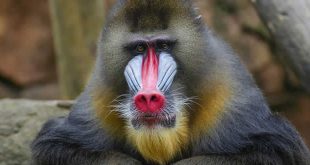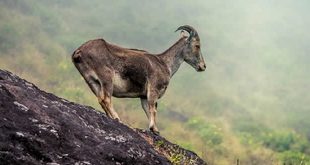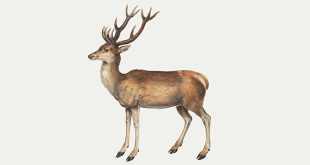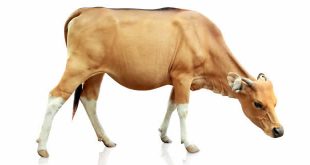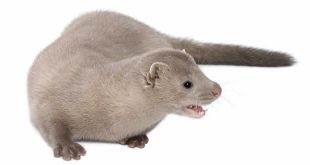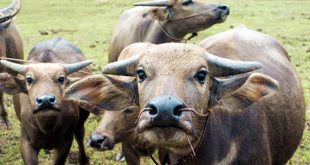 Raccoon — The Raccoon (Procyon lotor), also known as the Northern Raccoon, Common Raccoon, Washer Bear or Coon, is a widespread, medium-sized, omnivorous mammal native to North America. Since the beginning of the twentieth century, they have also been widespread on the European mainland and in the Caucasus region, after having escaped from fur farms. Raccoons usually live together in small, loose groups. Their original habitats are mixed or deciduous forests, but due to their adaptability, they are often found in urban areas where they can be considered pests.
Raccoon — The Raccoon (Procyon lotor), also known as the Northern Raccoon, Common Raccoon, Washer Bear or Coon, is a widespread, medium-sized, omnivorous mammal native to North America. Since the beginning of the twentieth century, they have also been widespread on the European mainland and in the Caucasus region, after having escaped from fur farms. Raccoons usually live together in small, loose groups. Their original habitats are mixed or deciduous forests, but due to their adaptability, they are often found in urban areas where they can be considered pests.
Adult weights vary with habitat and range and can range from 3–16 kg (6.6–35 lb) and measure 60–90 cm (24–36 in) along the body, minus the 25 cm/10 in tail. The smallest species are those found in Southern Florida, while those near the Northern limits of the raccoon’s range tend to be the largest. The largest recorded raccoon was over 28 kg (61 lb), by far the largest size recorded for a family member of the Procyonidae. They have black facial colorings around the eyes, and have a bushy tail with light and dark alternating rings. The coat is a mixture of gray, brown, and black fur. On rare occasions, raccoons may be albino. Currently there is a search under way to validate sightings of half albino, possibly leucistic raccoons. These sightings have occurred in Indiana, specifically the West Lafayette region. The dark patches around the eyes, perhaps the raccoon’s most prominent trait, are reminiscent of a “bandit’s mask,” which has enhanced its reputation for mischief, vandalism, and thievery.
Raccoons are omnivorous, consuming a varied diet that includes berries, insects, fruit, chickens, and small mammals. Raccoons sometimes wash, or douse, their food in water before eating it. It is not known why raccoons perform dousing, but cleaning food is unlikely to be the reason. Studies have found that raccoons engage in dousing motions when water is unavailable; researchers note that captive raccoons are more likely than wild raccoons to douse food. It has been suggested that captive raccoons are mimicking fishing and shellfish-foraging behaviors. It may also be that the raccoon is searching for unwanted material, as water is thought to heighten their sense of touch.
 Kids Portal For Parents India Kids Network
Kids Portal For Parents India Kids Network
